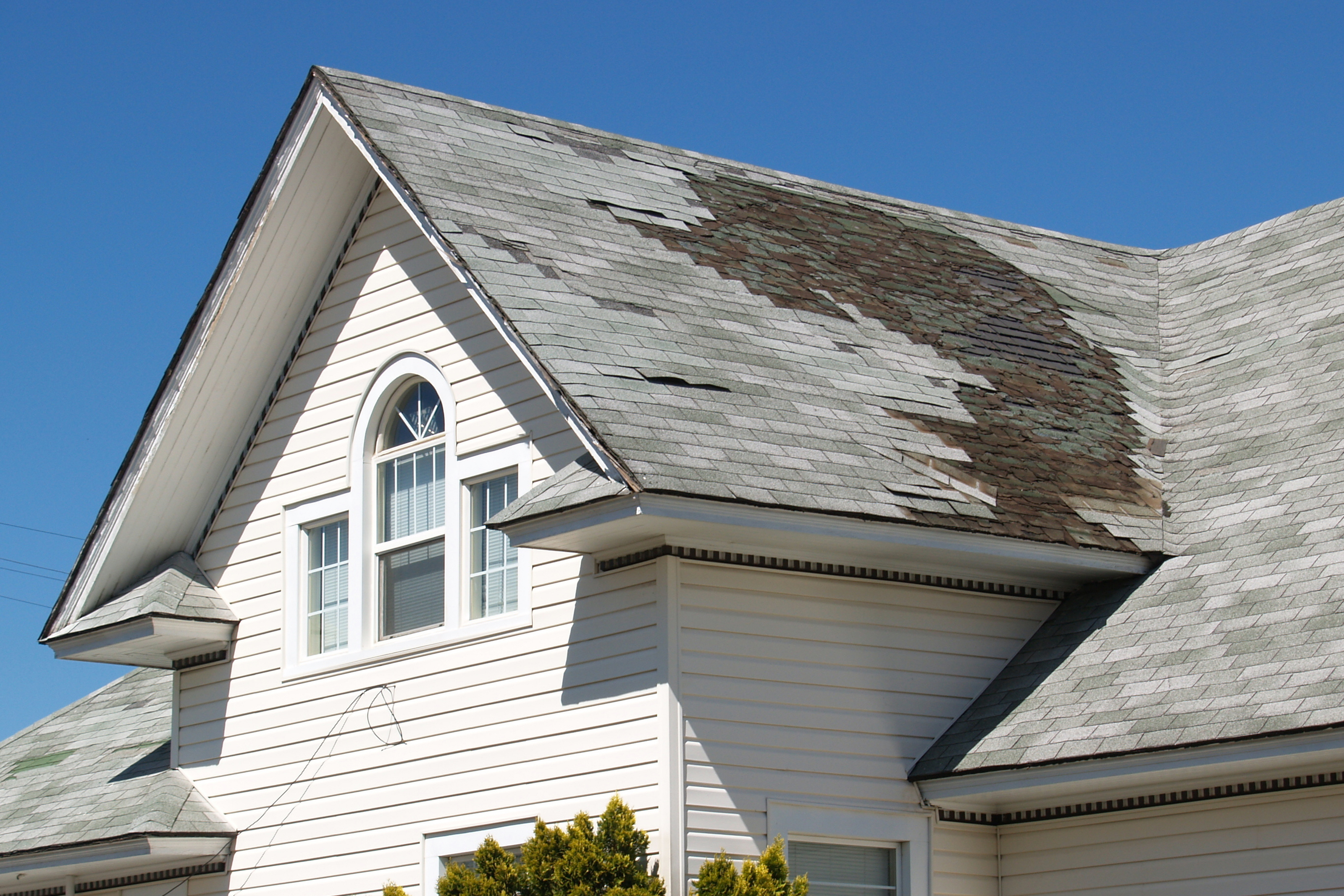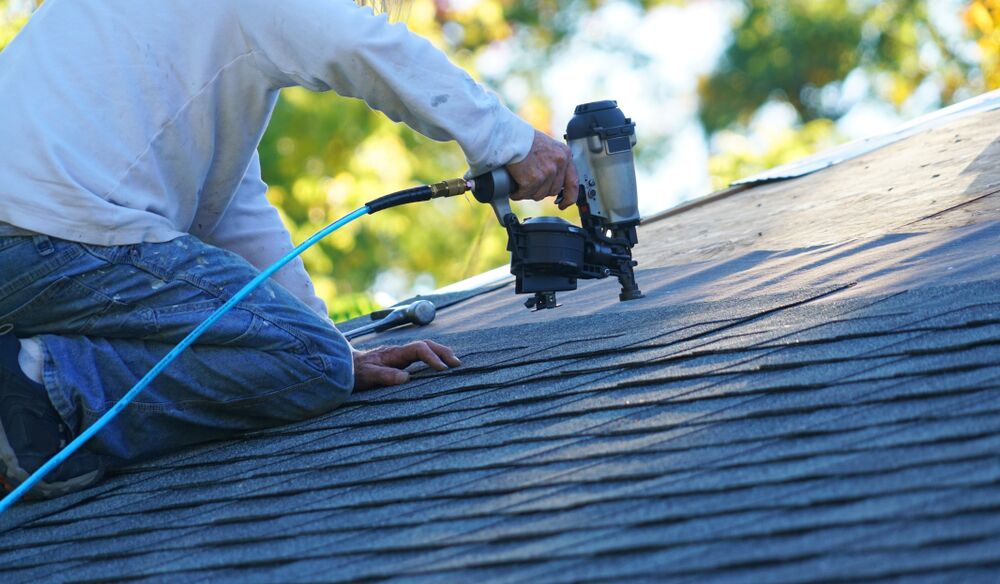A Homeowner's Guide to Kind of Roofs: Selecting the Right Design for Your Demands

Popular Roof Covering Styles
When it involves picking a roofing style, property owners often consider their choices meticulously to make certain both visual allure and performance. Among the most prominent styles are the gable, hip, and level roofings, each offering unique advantages and visual characteristics.
Saddleback roofs, defined by their triangular form, are preferred for their straightforward design and efficient water drainage. This style is especially appropriate for regions with heavy rains or snow, as it reduces the threat of water merging.
Hip roofing systems, which incline on all 4 sides, provide extra stability and longevity, making them an outstanding choice for locations vulnerable to high winds. Their building intricacy enables better style convenience and can improve the overall aesthetic charm of a home.
Flat roofing systems supply a modern-day aesthetic and make the most of usable outside space, making them prominent for city setups. While they call for more upkeep to avoid water accumulation, their smooth appearance can complement modern architecture.
Ultimately, the selection of roof covering style must reflect the property owner's individual taste while taking into consideration factors such as local climate, building layout, and potential resale value. Each style adds distinctly to a home's overall personality and performance.

Material Options
Choosing the proper roof covering material is equally as important as choosing the best design, as it considerably affects the roof covering's sturdiness, upkeep demands, and general aesthetic. roofers oahu. Property owners have a variety of options to think about, each with one-of-a-kind advantages and drawbacks


Asphalt shingles are among the most popular materials due to their price and ease of setup. They commonly last 15-30 years, depending on the quality and maintenance. Steel roofing supplies phenomenal durability and longevity, usually going beyond half a century, while likewise being resistant and light-weight to fire and rot. Nevertheless, metal roofings can be extra pricey upfront.
Clay and concrete floor tiles use a timeless look and impressive lifespan however need a tough structure due to their weight. These products are immune and extremely durable to harsh weather condition conditions. Timber drinks give a rustic aesthetic but demand regular maintenance to avoid rot and pest damage.
Lastly, synthetic roofing materials, such as rubber or plastic composites, simulate the look of traditional materials while being low-maintenance and lightweight. Ultimately, the option of roof covering material should line up with the house owner's budget plan, desired life-span, and maintenance choices, making certain a suitable match for their particular requirements.
Energy Performance Considerations
Energy effectiveness plays a critical role in the general performance of a roofing system, impacting both environmental sustainability and property owner energy costs. When choosing a roofing system, it is important to think about materials and layouts that improve power efficiency. As an example, reflective roofing materials, commonly referred to as "trendy roofing systems," can considerably minimize warmth absorption, reducing interior temperature levels and decreasing the requirement for air conditioning.
In addition, the roofing's shade and slope can affect its power efficiency. Lighter colors generally mirror a lot more sunlight, while considerably pitched roofings help with better air flow, reducing warm accumulation - roofers oahu. Insulation additionally plays an essential role; a well-insulated roof covering can prevent warm loss in wintertime and keep interiors cooler in summertime, thus enhancing power cost savings
Moreover, incorporating energy-efficient roofing alternatives with solar panels can further minimize energy expenses and dependence on nonrenewable resources. Homeowners must also take into consideration local environment conditions when selecting roof covering materials and designs, as these factors straight influence energy usage.
Upkeep Requirements
The long life and performance of a roof system are significantly influenced by the upkeep requirements connected with its design and materials. Various roof covering types require differing levels of upkeep, which can influence both the property owner's time and spending plan.
Regular cleansing of gutters is vital to stop water damages and extend the roof covering's life-span. These roof coverings additionally profit from cleansing to keep visual allure and capability.
Floor tile roof coverings, recognized for their long life, need much less constant upkeep yet require careful inspection and replacement of harmed floor tiles. Level roof coverings, although offering modern aesthetic appeals, usually require more attention; they need regular evaluation for pooling water and particles elimination to stay clear of leaks.
Eventually, recognizing the upkeep demands connected with different roofing designs allows property owners to make informed choices, guaranteeing the chosen roof straightens with their way of life and commitment to maintenance. Focusing on maintenance will improve the roofing system's efficiency and prolong its life span, supplying comfort for several years to find.
Effect On Resale Worth
When considering a brand-new roofing design, home owners need to identify that the option can significantly affect the building's resale value. An appropriate roof not just boosts visual allure but additionally signals to prospective customers that the home is well-kept and structurally sound. Various roofing products and designs bring differing levels of charm in the property market.
As an example, asphalt tiles are popular because of their price and variety of shades, frequently attracting budget-conscious customers. Conversely, a metal roofing, while more costly in advance, supplies longevity and power efficiency, which can draw in purchasers looking for low maintenance and sustainability. Furthermore, one-of-a-kind styles such as slate or tile can add a touch of deluxe, potentially enhancing the property's value Resources in upscale markets.
Regional preferences likewise play an essential function; homes in locations with hefty snowfall might gain from outstanding pitched roofs, while seaside areas may prefer long lasting products resistant to saltwater rust (roofers oahu). Eventually, house owners need to take into consideration both visual charm and useful benefits when picking a roofing. A thoughtful option makes certain that the investment not just fulfills personal needs but also boosts the residential or commercial property's marketability and resale potential
Verdict
Finally, picking the proper roofing system style demands a mindful examination of different factors, consisting of regional climate, architectural layout, and maintenance demands. Each roof covering choice, whether it be gable, hip, or flat, has unique advantages and disadvantages that influence energy efficiency and possible resale value. Ultimately, an educated choice concerning roof option can improve the aesthetic allure, performance, and longevity of a home, guaranteeing it stays a valuable my company possession for years wikipedia reference ahead.
Selecting the ideal roofing style for your home is an essential decision that can dramatically influence both visual appeals and capability. While gable roofings succeed in water drainage, hip roofing systems may supply greater durability versus wind.When considering a brand-new roof style, home owners should acknowledge that the selection can considerably influence the property's resale worth. Eventually, property owners need to take into consideration both aesthetic appeal and sensible advantages when selecting a roofing system.In final thought, choosing the ideal roofing style necessitates a cautious assessment of various variables, including neighborhood climate, building design, and upkeep demands.